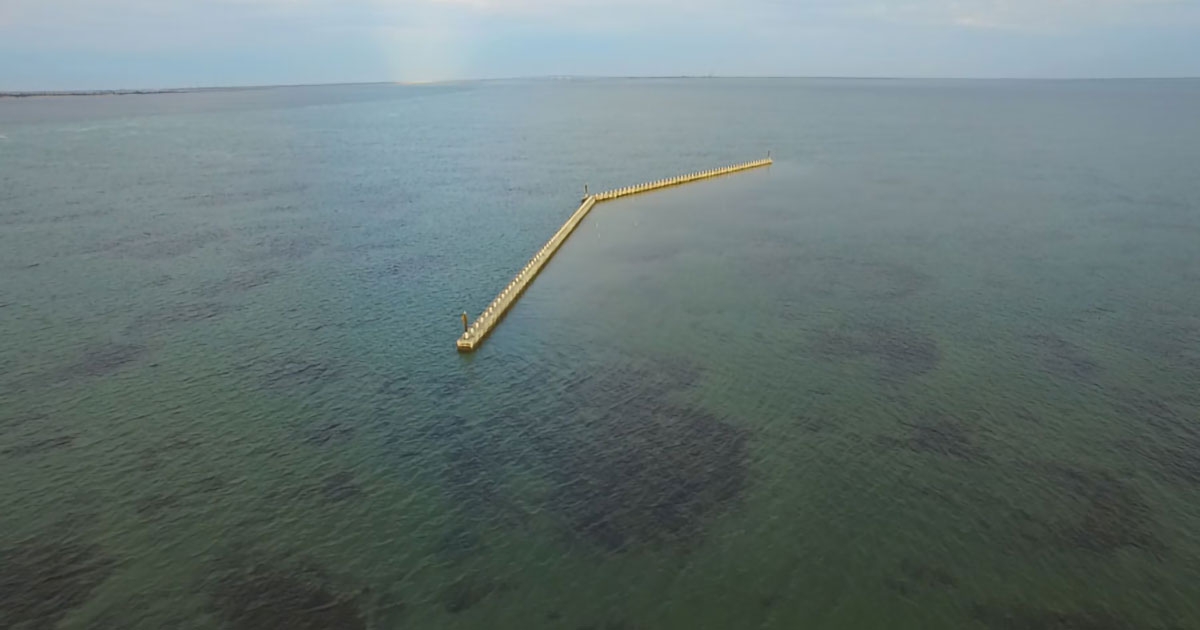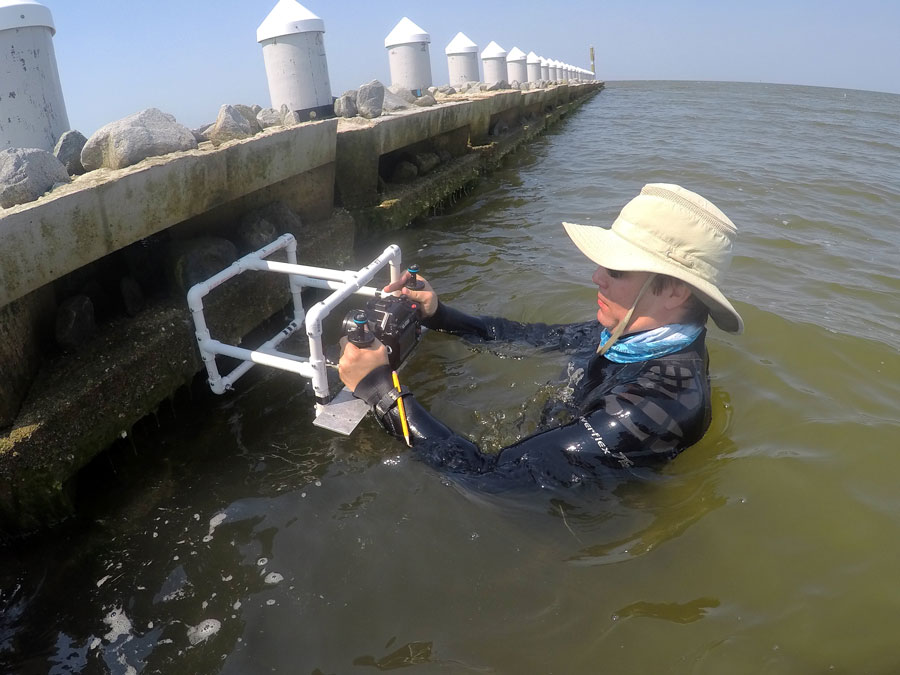
CSA presents novel seagrass mitigation findings at the 9th National Summit on Coastal and Estuarine Restoration and Management
CSA Ocean Sciences Inc. (CSA) staff will present a paper at this conference on a novel seagrass mitigation project being conducted in northern Pamlico Sound for the NC Department of Transportation. The conference is hosted by Restore America’s Estuaries (RAE) and the Coastal States Organization (CSO). RAE is a national alliance of 10 coastal conservation groups ranging from Rhode Island to Washington State. CSO advocates for increased federal funding and support for state-based coastal and ocean programs, as well as responsiveness of federal agency program administration and policies to state concerns.
One representative from CSA (Dr. Mark Fonseca, VP Science) will attend and present a paper in “Submerged Aquatic Vegetation Restoration” concurrent session 2 on Monday, December 10th (2-3:30 pm) titled “Bonner Bridge Submerged Aquatic Vegetation Mitigation”. The presentation will feature a novel seagrass enhancement project that manipulates wind-wave energy to provide new and sustained seagrass acreage to offset unavoidable impacts associated with a bridge replacement. This project essentially creates an open-water “living shoreline” in the absence of an actual shore. The project is being conducted to compensate for injuries to seagrass by the replacement of the Bonner Bridge, which connects the NC Outer Banks to the mainland.

The potential seagrass impact estimated from the new bridge installation required the recovery of no less than 1.28 acres of mixed Halodule wrightii and Zostera marina. These two seagrass species, one sub-tropical and one temperate, co-occur in NC at the ends of their respective geographic distribution, creating a unique mitigation scenario.
After extensive surveys, including creating new bathymetric data layers and wave modeling to guide the size and location of the wave break, construction of a 500-foot long wave break structure began in December 2016 and was completed in January 2017. Reef-maker units designed by Atlantic Reefmaker were selected to form the wave break structure because their geometric shape fully attenuates waves at the water surface, and their installation on jetted pilings prevents them from sinking into the substrate over time. At this point, ~22 months after construction, some indications of bed coalescence have begun.
Developing new options for seagrass mitigation is critical to provide alternatives when impacts to seagrasses occur with few off-site options to create compensatory habitat and services. Added seagrass cover provides increased nursery and refuge areas for ecologically and economically important fish, shrimp, and crab species, increasing their diversity and abundance. This novel approach of creating an artificial shoreline in the open sound provides a new opportunity to recover seagrass habitat loss associated with unavoidable project-related effects. It also creates a structural basis for oyster colonization and fish utilization, as observed on and around structures adjacent to a shoreline. NCDOT and CSA will continue monitoring the effects of the wavebreak on seagrass expansion and its colonization by oysters and other marine life for the next several years.
Corporate Headquarters
8502 SW Kansas Ave.
Stuart, FL 34997

